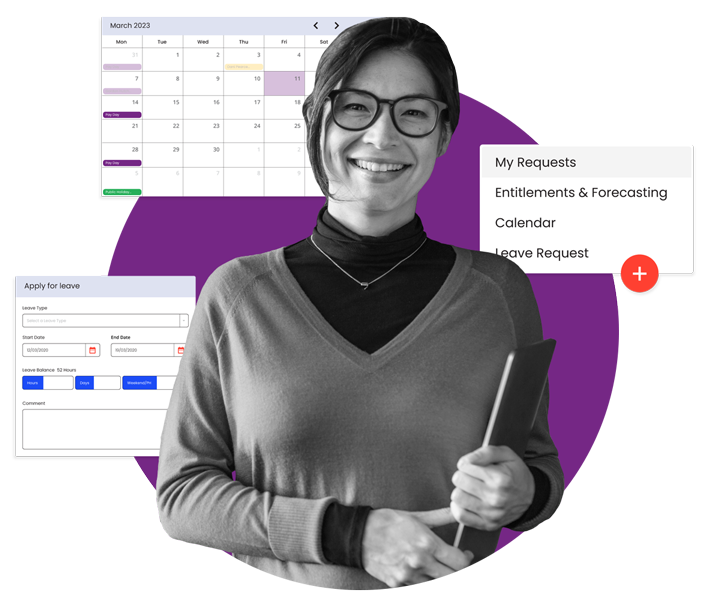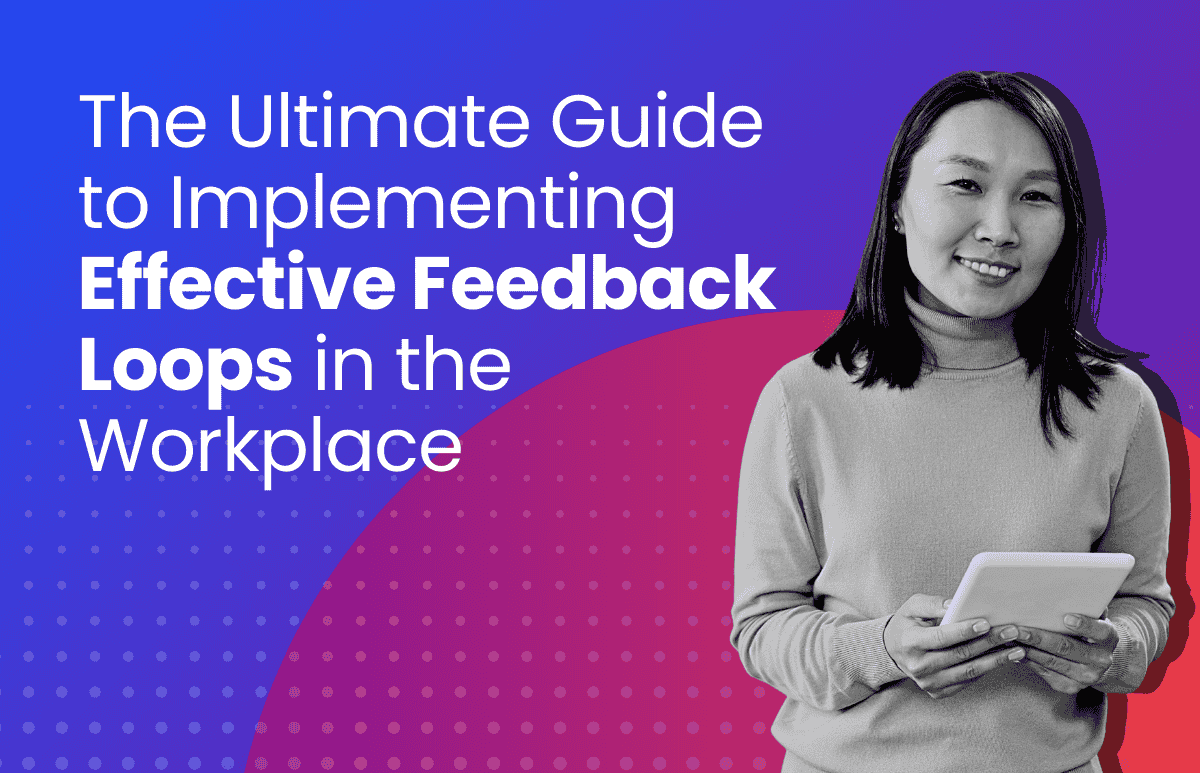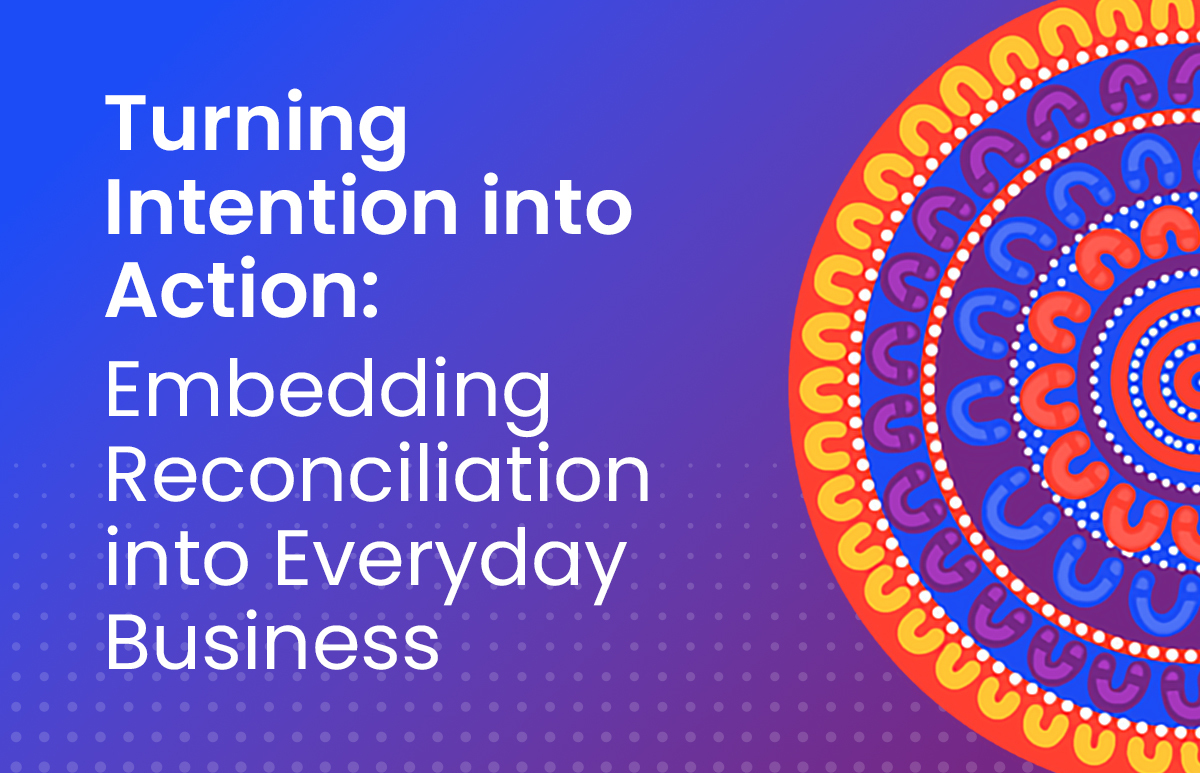How to Choose an ESS Platform
HR managers look for ways to make processes easier, more efficient, and better for employees. One increasingly popular way to achieve these goals is through the implementation of an employee self-service (ESS) platform.

An Employee Self-Service (ESS) platform is a centralised hub that lets workers manage elements of their own HR activities, such as viewing their pay slips, changing their details, and requesting time off. In turn, this makes it easier to streamline many activities for HR teams as well. This shift towards self-service has transformed HR workflows and employee expectations.
Benefits of having an effective ESS system
- Increased efficiency: ESS platforms help HR managers focus on more strategic tasks.
- Improved employee experience: employee autonomy and convenience with 24/7 easy access to their HR information and processes.
- Reduced administrative workload: Self-service systems make it easier for HR staff to enter data and manage paperwork.
- Cost-effective: ESS systems can save money by automating HR tasks and reducing mistakes.

What are the factors to consider when choosing an ESS platform?
Choosing the right ESS portal is a critical decision that can significantly impact your company’s efficiency and employee satisfaction. Here are some important factors to weigh up during your selection process:
Integration capabilities
Payroll integration
Seamless integration with your existing payroll system is crucial for your ESS platform. This lets data flow easily between the two systems, so you don’t need to enter employee information manually. Imagine updates flowing between systems automatically. Employee data, including bank account details and contact information, is automatically synchronised and updated across systems, eliminating the need for manual intervention by HR personnel.
Timesheets and attendance
Time and attendance tracking is important for legal compliance and payroll. A good ESS platform can change how your company manages these things.
An ESS makes it easier to manage timesheets and attendance, which saves time and money. It also makes it easier to keep track of who is working and when.
Leave management
Employees can easily submit leave requests, eliminating the need for paper forms or manual processes. They can also view their leave balances, request history, and company leave policies in real-time. Leave requests can be routed automatically to the appropriate approvers, accelerating the approval process and minimising delays. It saves time for both employees and HR staff.
Performance management
An effective ESS platform enables employees develop and engage with their work. Look for features that make performance management an ongoing, collaborative process.
Make sure your performance management solutions work with other human Resource functions like time tracking, payroll, and learning and development. This shows how employee performance affects the business.
User interface and experience
- Intuitive design for easy navigation: An easy-to-use interface is important for getting employees to use the platform. It should be easy to navigate, with clearly labelled menus and straightforward processes.
- Accessibility across devices and locations: Whether they are at work or on the go, employees should be able to access the ESS platform from their desktop computers, tablets, and phones. This flexibility enhances convenience and encourages self-service.
- Tailoring options to meet specific business needs: Because every business has unique requirements, it’s important to choose an ESS platform that allows you to customise the look and feel, workflows, and features to match your specific business processes and branding.
Security and compliance
- Data encryption and protection measures: Employee data is sensitive and must be protected. Choose an ESS platform with strong data encryption and security to protect sensitive information from illegal access and breaches.
- Compliance with industry regulations and standards: Your industry and location may have specific rules for handling employee data. Verify that the ESS platform adheres to all relevant standards and regulations.
- Backup and disaster recovery capabilities: If a system fails or data is lost, having reliable backup and disaster recovery capabilities is crucial. Your ESS platform should be able to quickly and easily restore your data in case of problems, reducing downtime.
Evaluating ESS platform providers
There are many ESS platform companies out there, so it’s important to do a lot of research to find the one that fits your business needs the best. Here’s a roadmap to guide your evaluation process:

Research and compare different providers
- Read reviews and feedbacks: Learn from other companies that have used the ESS platforms you’re considering. Look for reviews and recommendations on reputable platforms, industry forums, and the providers’ websites. Pay attention to feedback on the platform’s usability, functionality, customer support, and overall value.
- Request demos and trials: Get hands-on experience with the platform by requesting demos and free trials. This lets you explore the interface, test features, and see if it suits your needs.
- Reputation and track record: Pick a service company that has a history of providing reliable and new solutions. Research the provider’s history, clientele, industry recognition, and commitment to ongoing development and support. A reputable provider will instill confidence in their ability to meet your current and future needs.
Assess customer support and training options
- Availability of technical support and assistance: Strong support is key for a successful launch and continued use of the ESS platform. Enquire about the provider’s support channels (phone, email, live chat), availability hours, and response times. Ideally, opt for a provider that offers 24/7 support to address any issues promptly.
- Training resources and materials provided: Ensure that the provider offers comprehensive training resources, such as user guides, video tutorials, webinars, and on-site training sessions. Adequate training will empower your employees to make the most of the platform’s features and functionalities.
- Service level agreements (SLAs) and response times: Review the provider’s SLAs carefully. These agreements outline the expected level of service, response times for support requests, and resolution timelines. A clear SLA ensures accountability and sets expectations for both parties.
Cost and ROI
- Pricing structure and licencing options: Understand the provider’s pricing model, whether it’s a subscription-based fee, per-user licencing, or a one-time purchase. Compare the costs of different providers and consider any additional fees for implementation, configuration, or ongoing support.
- Total cost of ownership (TCO), including implementation and maintenance: Factor in the costs associated with implementing the ESS platform, including data migration, integration with existing systems, and employee training. Additionally, consider the ongoing maintenance costs, such as software updates, upgrades, and support fees.
- Potential return on investment (ROI) and long-term benefits: Evaluate the potential ROI of implementing the ESS platform. This could include cost savings from streamlined processes, reduced paperwork, improved employee productivity, and enhanced engagement. Quantify these benefits and compare them to the TCO to determine the platform’s long-term value proposition.
Selecting your ESS platform partner
After thorough research and evaluation, it’s time to make the crucial decision to choose the ESS platform that will transform your company’s HR processes. Here are the final steps to guide you towards a successful selection:
Create a shortlist of preferred ESS platforms
You should make a shortlist of two or three platforms that best meet your needs and fit your budget after comparing different services. These are the platforms that impress you most.
Schedule meetings or consultations with providers
Engage in further discussions with the shortlisted providers to gain deeper insights into their offerings. Schedule meetings or consultations to ask questions, clarify doubts, and discuss your specific needs and concerns. This is also an opportunity to gauge their responsiveness, professionalism, and willingness to understand your business’s unique context.
Make a final decision based on the evaluation criteria and business needs
Carefully review your evaluation notes, considering the various factors discussed earlier:
- Integration capabilities
- User interface and experience
- Security and compliance
- Customer support and training options
- Cost and ROI
Weigh these factors against your specific business needs, budget, and long-term goals. Consider involving key stakeholders, such as HR managers, IT personnel, and employee representatives, to gather diverse perspectives and ensure that the chosen platform will meet the needs of all users.
Ultimately, the final decision should be based on a holistic assessment of all the information gathered. Choose the ESS platform that not only ticks all the boxes but also offers the potential to drive positive change, enhance employee engagement, and propel your organisation towards greater efficiency and success.
Remember, selecting the right ESS platform is a strategic investment in your workforce and your company’s future. Therefore, a careful decision leads to a smoother, simpler, and safer self-service experience for your employees.
Your path to ESS success
As we conclude this guide, let’s recap the essential points to remember when embarking on your journey to select the perfect ESS platform for your business:
Key points for choosing an ESS platform
- Integration: Ensure seamless compatibility with your existing HR systems and software to streamline processes and data flow.
- User experience: Focus on intuitive, user-friendly interface that employees can easily navigate and adopt.
- Security: Verify robust data protection measures and compliance with relevant industry regulations.
- Customer support: Choose a provider that offers comprehensive training, accessible technical support, and clear service level agreements.
- Cost and ROI: Evaluate the total cost of ownership, including implementation and maintenance, and assess the potential return on investment and long-term benefits.
 HR Core
HR Core 









